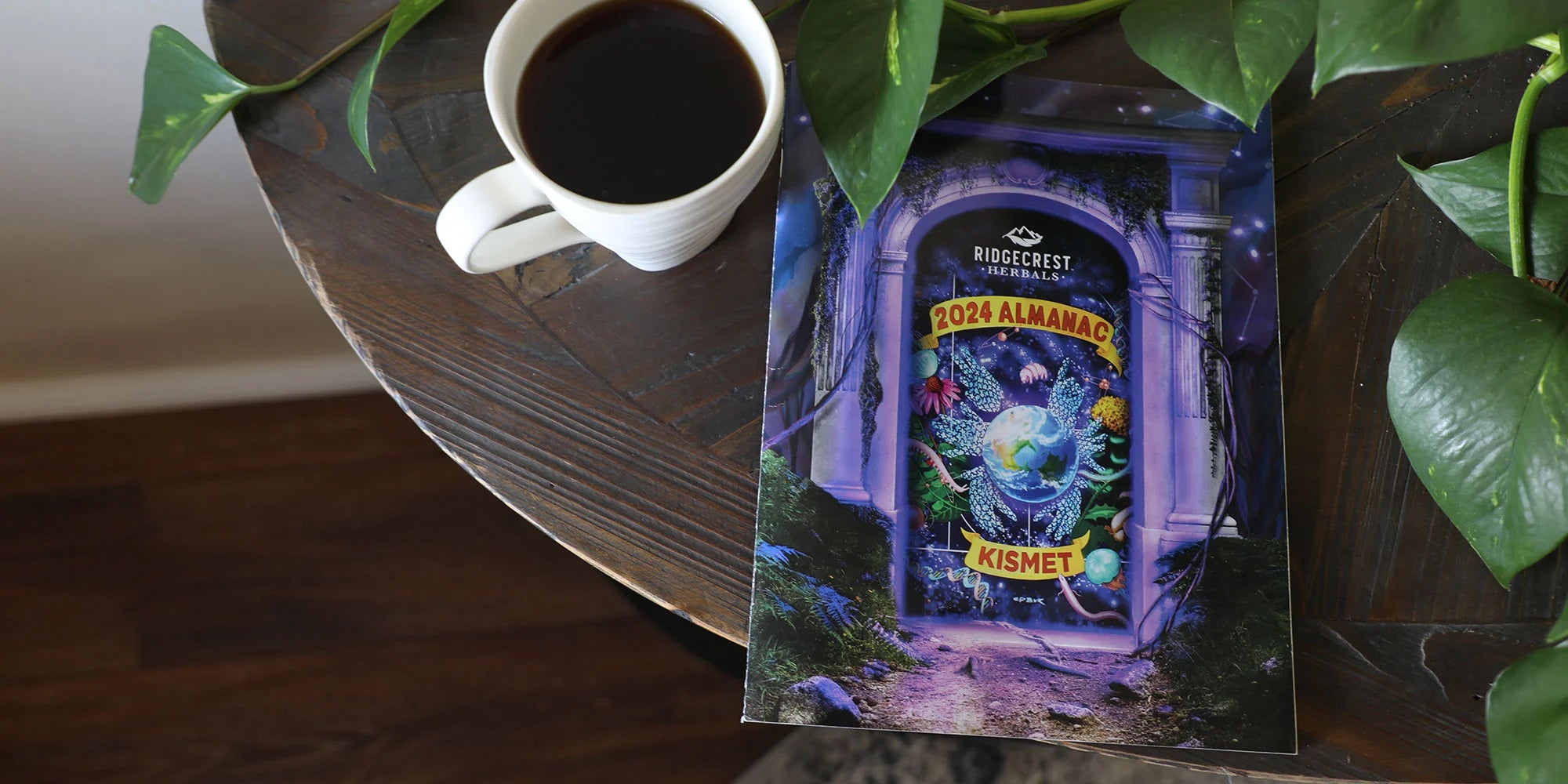We all know how much water is wasted by spray sprinkler systems across America, but did you know that your old sprinkler system can be converted to drip irrigation?
When my husband and I moved into our current house, it came with a PVC sprinkler system that was installed sometime in the 1980s, and ran underneath every inch of the yard. It was frustrating because I thought we were limited with what we could change or modify, but it turns out that the world of irrigation has advanced a lot since Back to the Future was in theaters.
If you have a PVC spray system like we do/did, here are some cheap and practical changes to your yard that may help your water bill. Drip irrigation is a much smarter way to water because it keeps the water on the ground and close to the root systems of the plants you're keeping alive, which leaves much less room for evaporation and waste.
The biggest hurdle in drip conversion is water pressure. While spray sprinklers take lots of pressure, drip doesn't need much. Plus, if you just start running drip hose off your spray pipes without any kind of pressure adjustment, POP! You'll blow the drip hoses or fixtures right off.
There are different ways and places where you can adjust your water pressure to accommodate a drip system. The best way would be to replace your current sprinkler valve with one designed for drip irrigation. A handyman or sprinkler professional can take care of this for you, or there are many YouTube tutorials dedicated to this topic.
This will take care of your pressure right at the source, and everything you modify on that line afterward will be pressurized and ready to go.
Our yard had five different valves wired into cramped spaces in our yard, so this wasn't really an option for us. If you're in the same pickle, fear not! There are other options.
We opted for pressure regulators on the individual heads of our system. This way, we can run drip hose right out of the existing pipes in our yard, and the pressure regulators are working on each line. We used octopus style heads for our garden boxes since we wanted to deliver an individual nozzle to each plant in that area. However, our flower beds needed more of a blanket approach.
For the flower beds, we chose to run half-inch tubing that had drip holes every 18 inches, to ensure an excellent soak to the entire bed. Now we don't have barren spots where the old sprayers couldn't reach, and our water bill has gone down substantially!
Drip irrigation doesn't have to be left on as long to penetrate the soil, and because we run them in the middle of the night, the water is allowed to penetrate deep into the roots before the heat of the day comes on and tries to evaporate it.
We still have rotor spray heads on the lawn portion of our yard, but it has been great to be able to run spray on that area, and drip for the rest of the beds simultaneously.
A staff member at your local hardware or irrigation store can help tailor a modification to your current system, and YouTube is a wealth of knowledge to help you on your way to wiser water use!



